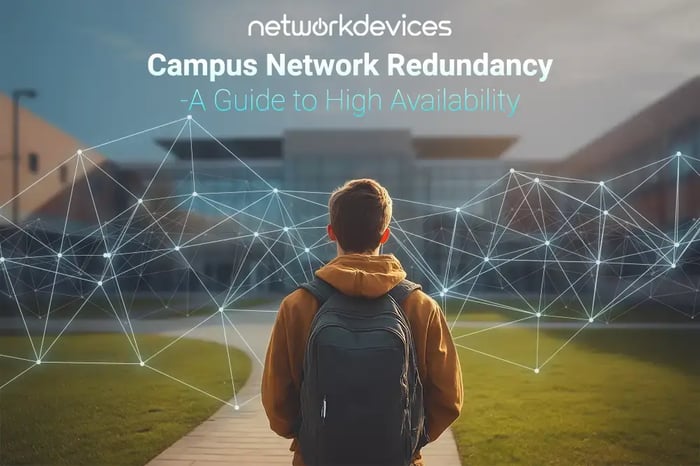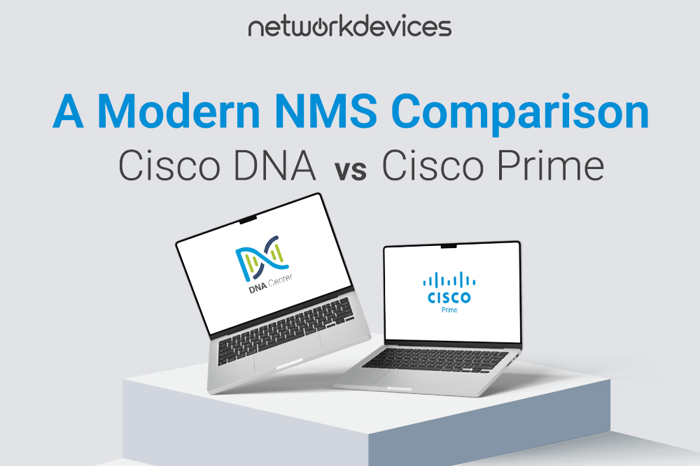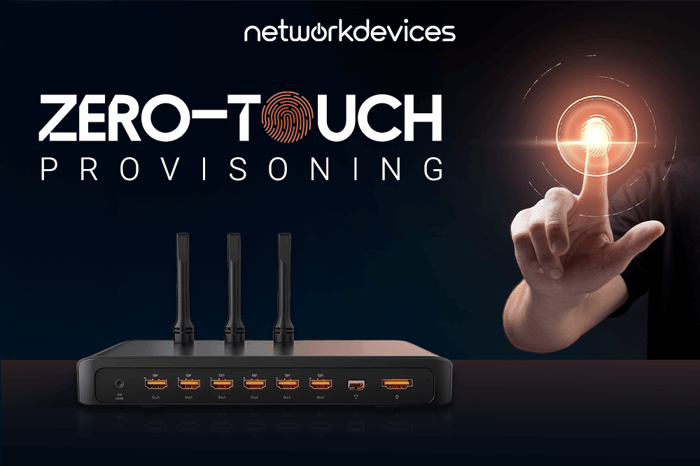You have no items in your shopping cart.
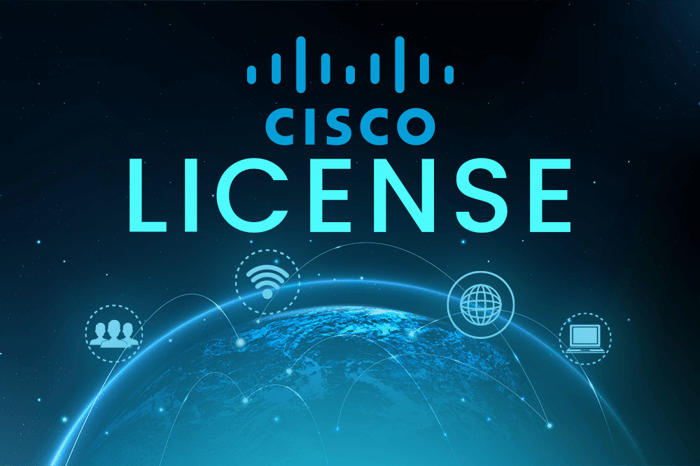
Cisco Licensing: DNA, Network Essentials vs. Network Advantage
This article dives deep into the comparison between Cisco Network Essentials, Network Advantage, DNA Essentials, and DNA Advantage.
Cisco provides various license types for traditional networking devices and methods as well as modern cloud-centric and IoT-driven digital networks.
Conventional networks lacked security features and hybrid solutions like today’s modern networks. Hence, the need for separate licensing modules emerged. Cisco is one of the most innovative players in the industry.
They recently took out the business case and introduced a different licensing subscription. This subscription provides features and services to both traditional and modern digital networks.
The four different licensing modules that Cisco offers are:
- Network Essentials & Network Advantage
- DNA Essentials & DNA Advantage
Cisco Network Essentials vs. Advantage: Understanding the Key Differences
Both Network Essentials and Network Advantage are licensing options with the following differences:

Cisco Network Essentials
Cisco Network Essentials is a generic, base-level license that provides customers with access to standard features and support for various Cisco devices. It offers baseline networking capabilities, including essential switching capabilities, technical support, bandwidth, manual software updates, and zero-touch provisioning.
Network Essentials licenses are best for organizations using Cisco appliances in an L2 environment where routes are mostly static and not complex. In other words, purchasing an Essentials license is best for businesses with simple or small network architecture and Campus networks.
Another primary reason to subscribe to Essentials is that campus networks do not require advanced dynamic routing protocols like BGP. These protocols are primarily necessary for data centers and multi-branch organizations. Other protocols, such as EIGRP, RIP, and OSPF, are supported to some extent.
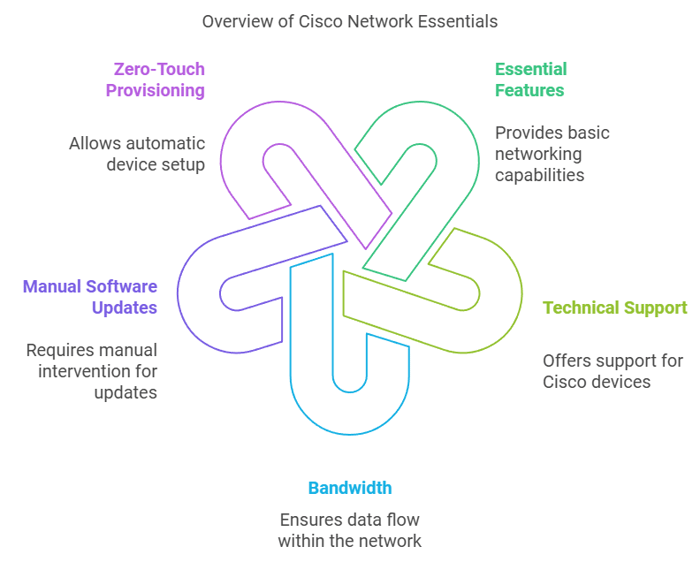
Cisco Network Advantage
On the other hand, Network Advantage is an enhanced license that offers extra salient features, including network essentials. It adds capabilities like optimizations, full L3 protocol support such as BGP, analytic tools, better technical support, and software patches. The Network Advantage license allows customers to be cloud-ready in many senses.
The Network Advantage licensing module is undoubtedly the best for enterprise businesses that use a series of high-end Cisco devices.
It facilitates organizations with the following:
1. Advanced security
2. Support for L3 routing protocols
3. High availability
4. VRF, VXLAN, audio-video bridging
5. Optimization for bandwidth utilization is the key factor for large enterprises.
6. Quick on-call tech support meets the SLA requirements for compliance with critical businesses.
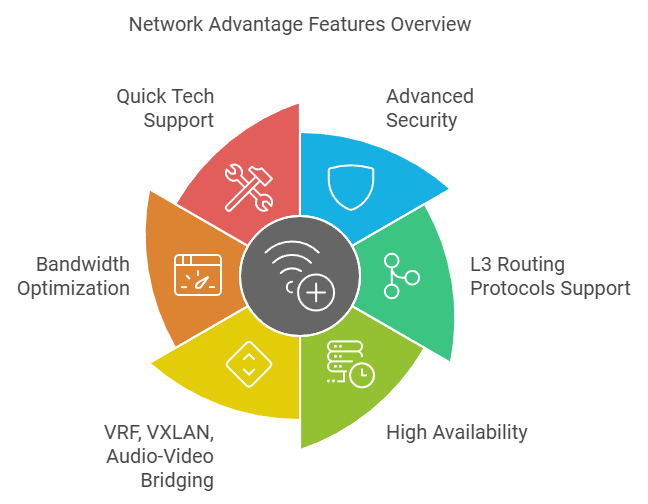
Cisco Network Essentials vs Network Advantage: Quick Comparison
Network Essentials is Cisco’s entry-level license, designed for Layer 2 networks, static routing, and small or campus-based environments. It includes basic switching capabilities, zero-touch provisioning, and essential automation tools.
Network Advantage builds on Essentials with full Layer 3 routing protocol support (such as BGP, OSPF, and EIGRP), advanced security features, bandwidth optimization, high availability, and analytics — ideal for large enterprise, multi-site, or cloud-ready networks.
Key Differences Between Network Essentials and Network Advantage
There are noticeable differences between Essentials and an Advantage License. We are here to help you decide which one is best for you, considering which features are required in your environment and what fits your budget. We prepared a comparison table to make your decision easier.
| SN | Features | Network Essentials | Network Advantage |
|---|---|---|---|
| 1 | Essential Switch Capabilities | Yes | Yes |
| 2 | L3 Routed Access | Yes | Yes |
| 3 | Programmability, NETCONF/RESTCONF/gRPC/YANG | Yes | Yes |
| 4 | Zero Touch Provisioning | Yes | Yes |
| 5 | 128-bit MACsec encryption | Yes | Yes |
| 6 | Advanced telemetry SPAN, RSPAN | Yes | Yes |
| 7 | Streaming telemetry and visibility | Yes | Yes |
| 8 | Cisco Trustworthy Solutions | Yes | Yes |
| 9 | Software Image Management (SWIM) | Yes | Yes |
| 10 | Full L3 routing functionality | No | Yes |
| 11 | Flexible network segmentation | No | Yes |
| 12 | High availability | No | Yes |
| 13 | Patch/SMU lifecycle management | No | Yes |
| 14 | Optimize bandwidth utilization (Advanced Multicast) | No | Yes |
| 15 | 256-bit MACsec encryption | No | Yes |
| 16 | Precision Time Protocol | No | Yes |
| 17 | Audio Video Bridging | No | Yes |
How to Choose Between Cisco Network Essentials and Network Advantage
Choosing between an Essential or Advantage license depends on several factors, such as:
- Budget
- Type of environment
- Technical support required to meet SLAs
I have been using Cisco products for years and follow a simple rule. I use an Essential license in the access layer, where in-house engineers handle the business criticality and most technical support. In these types of networks, L2 and the static route do the job. We have interior routing protocols such as OSPF, RIP, and EIGRP if additional routing is required.
However, I use an Advantage license in the core layer, which is critical and connects to business-centric applications.

In the core or edge layer, the need for advanced routing and quick support from OEM makes a vast difference in performance, business goals, and data security. For instance, devices must be stacked together in data center networks and large enterprises to provide high availability in case of a unit failure. Alongside HA, support for BGP is required to have its own AS. This helps communication with other WAN networks to be smoother and faster.
To summarize: If you need dynamic routing and L3 support, go for Advantage. If you need L2 and static routing with basic features, then Essentials is the deal for you.
Cisco DNA Essentials vs. DNA Advantage: Feature Comparison
DNA stands for Digital Network Architecture, which supports the future of digital network transformation. DNA provides security, optimizations, automation, monitoring, and centralized control. Cisco says DNA is the future of intent-based networking with unparalleled capabilities over its competitors. Digital transformation is at its peak globally, and enterprises require real-time monitoring, visibility, and, most of all, Security.
Cisco DNA Essentials
Cisco DNA Essential is a baseline software license offered by Cisco for its enterprise networking devices. It provides basic network management and security features to help enterprises better manage and secure their networks. These features include network automation and assurance capabilities, such as automated device onboarding, network segmentation, and network performance monitoring.
It provides the foundation for network management and security and serves as an entry-level solution for small—to medium-sized enterprise networks looking to improve these aspects.
Key Elements of DNA Essentials
1. Device Management: Enables centralized management of network devices, including software image upgrades and configuration management.
2. Network Visibility: Provides real-time monitoring and tracking of network devices and their status.
3. Software Image Management: Automated software upgrades controlled through Cisco DNA Center.
4. Health dashboard: Provides a high-level overview of the health of every network infrastructure.
5. Network Plug and Play provisioning application: Zero-touch provisioning and onboarding for new device installation. It is managed by the DNA Center.
6. Reporting: Provides the Cisco DNA Center pre-defined reports that can be exported to third-party tools.
7. Cloud monitoring for Catalyst: Delivers cloud monitoring options with Cisco® Catalyst® 9000 switches series and supports visibility and troubleshooting.
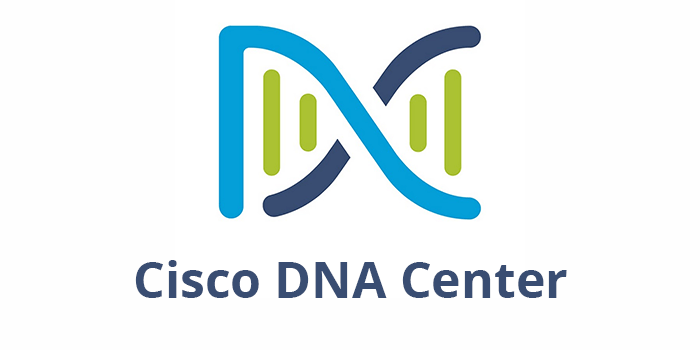
Cisco DNA Advantage
Cisco DNA Advantage is an upgrade from the Essentials license. It contains all the features offered by DNA Essentials. It is a software license that provides advanced network management and security features for Cisco enterprise networks. It offers advanced security features such as threat detection and response, network segmentation firewall, and software-defined access.
Key Features of DNA Advantage
1. Network Assurance: Real-time network monitoring, troubleshooting, and diagnosis.
2. SD-Access: A software-defined network solution for network segmentation and security.
3. Network Optimization: Improves network performance, such as bandwidth management and network health monitoring.
4. Controller Orchestrated Fabric Management and Configuration: Any Cisco or a third-party controller orchestrating a Fabric-like EVPN, MPLS, etc.
5. Cisco AI Network Analytics: Cisco has implemented AI and machine learning technologies on the Cisco DNA Center and the AI Network Analytics cloud. These technologies enhance Cisco DNA Assurance's insight and remediation capabilities.
6. LAN automation: Automate configurations and deployment of networks with Cisco DNA Center
7. Device 360, Client 360, and Network Health Insights: Display devices and client connectivity from any angle or context, providing very granular troubleshooting in seconds.
8. Application hosting: This allows third-party applications to be hosted in a secure container environment on the switch. A license is required for manual/CLI configuration or automation through the Cisco DNA Center.
9. Wireshark: Packet capture for analysis. A license is required for manual/CLI configuration or automation through the Cisco DNA Center.
10. Fabric, Segmentation, and eWC: This feature enables policy-based automation with secure segmentation, complete visibility, and rapid delivery of new services on SD-Access devices managed by Cisco DNA Center only.
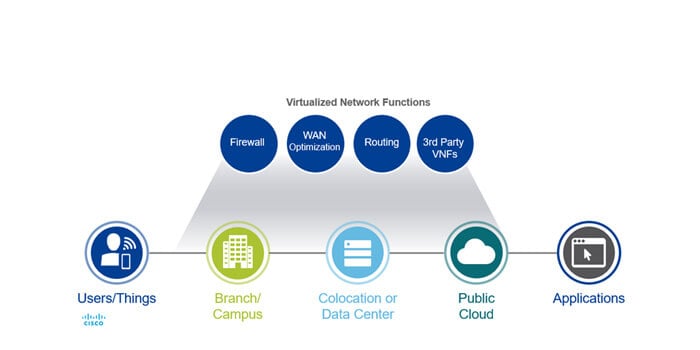
Cisco DNA Essentials vs. DNA Advantage: Feature Comparison Table
Key deciding factors while choosing between DNA Essentials and Advantage License:
SN | Features | DNA Essentials | DNA Advantage |
1 | Full Flexible NetFlow | Yes | Yes |
2 | Cisco IOS Embedded Event Manager (EEM) | Yes | Yes |
3 | Software Image Management (SWIM) | Yes | Yes |
4 | Overall health dashboard | Yes | Yes |
5 | Overall health dashboard for Device, Network, Application, and Client for 24 hours only | Yes | Yes |
6 | Network Plug and Play (PnP) provisioning application | Yes | Yes |
7 | Cisco DNA Service for Bonjour LAN | Yes | Yes |
8 | Out-of-the-box reports | Yes | Yes |
9 | Cloud monitoring for Catalyst | Yes | Yes |
10 | Cisco Spaces Extend | No | Yes |
11 | Cisco ThousandEyes Network and Application Synthetics | No | Yes |
12 | Controller Orchestrated Fabric Management and Configuration | No | Yes |
13 | Fabric, Segmentation, and eWC | No | Yes |
14 | Cisco AI Network Analytics | No | Yes |
15 | AI Endpoint Analytics | No | Yes |
16 | Group-Based Policy Analytics | No | Yes |
17 | AI Trust Analytics | No | Yes |
18 | LAN automation | No | Yes |
19 | Patch/SMU lifecycle management | No | Yes |
20 | Compliance | No | Yes |
21 | IPsec | No | Yes |
22 | Device 360, Client 360, and Network Health Insights | No | Yes |
23 | Encrypted Traffic Analytics (ETA)*: (No Stealthwatch License Included) | No | Yes |
24 | Cisco DNA Service for Bonjour WAN | No | Yes |
25 | Application policy creation | No | Yes |
26 | Application hosting | No | Yes |
27 | Third-party API integration | No | Yes |
28 | ERSPAN | No | Yes |
29 | Cisco Prime Infrastructure License | No | Yes |
30 | Wireshark | No | Yes |
31 | AVC (NBAR2) | No | Yes |
FAQ: Cisco Licensing
1. What is the difference between Cisco Network Essentials and Network Advantage?
Network Essentials is a base-level license that provides essential networking capabilities suitable for simple environments, while Network Advantage includes advanced features such as full L3 support, enhanced security, and network optimizations, which are ideal for enterprise environments.
2. Which Cisco license is better for my enterprise?
The right choice depends on your network environment. If you need basic L2 features, Network Essentials or DNA Essentials would suffice. For L3 routing, security, and advanced optimizations, consider Network Advantage or DNA Advantage.
3. What are the advanced features of Cisco DNA Advantage?
DNA Advantage includes advanced features like AI Network Analytics, LAN automation, network segmentation, Wireshark for packet analysis, and SD-Access for enhanced network control and visibility.
Which one is best for you?
DNA Essential offers basic features like cloud monitoring, device management, and support for firmware upgrades. Conversely, DNA Advantage offers advanced features alongside essentials. It includes features like Wireshark for packet capturing, IPsec, LAN automation, and AI trust analytics.
You may want to automate the daily tasks and monitoring process if you run a critical network with high-end Cisco appliances. If that is the case, the Advantage License is a better fit. On the other hand, Essentials is always the first choice if you land short on a budget.
You can read our Cisco Catalyst 9300 vs 9300X comparison article here.


